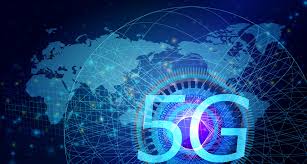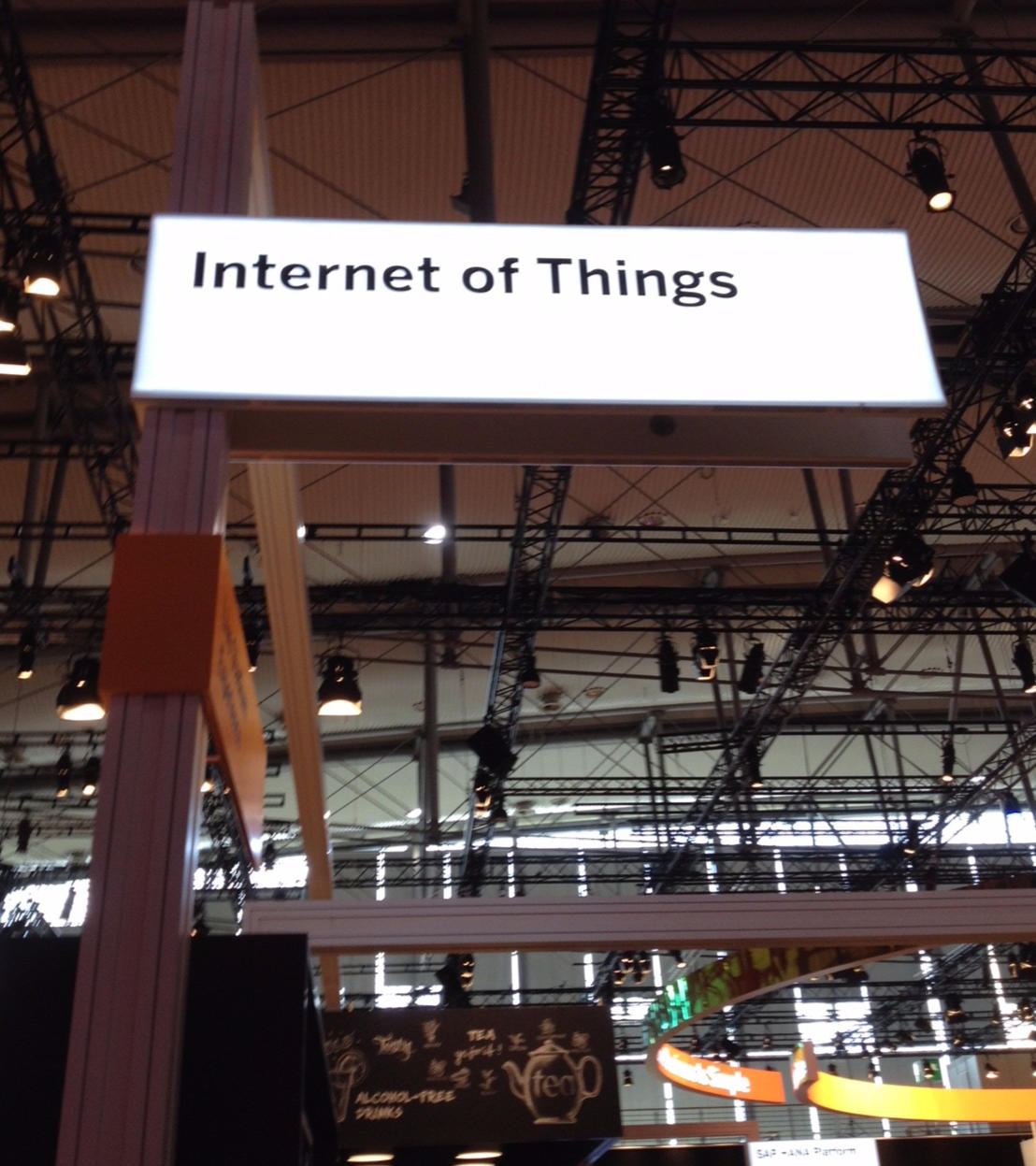Source: iotevolutionworld.com
As the impact of COVID-19 continues and we adapt to new ways of working, it is clear that nearly all industries and sectors – retail, education, manufacturing, technology, logistics, government, healthcare – have accelerated efforts to automate, digitize and enhance their capability to operate remotely. At the same time, the global telecommunications industry is rolling out 5G, which will play an oversized role in realizing these new capabilities and benefits of the Internet of Things (IoT).
The high speed, low latency, and massive device connectivity promised by 5G are well documented. Less understood are the new levels of data fidelity required for 5G network planning and design. Modeling for financial success in these new industry use cases requires entirely different business and demographic inputs. The physics of mmWave and beam-forming technologies will require entirely new levels of geospatial data, by some industry estimates, up to 10 times the amount relative to 4G/LTE. The attributes and physics of high-frequencies require a 4-to-10x increase in the number of cell sites, and a clear line-of-sight between the site and the user, translating into a significant spike in deployment operating expense.
Additionally, identifying the optimal location for hundreds of thousands of small and macro cell sites needed to support IoT requires rigorous planning and numerous in-person or physical site surveys, adding costs and extensive lead times.
These are just a few of the 5G planning complexities that put an incredible emphasis on the need for precise, accurate data in the planning process.
Unlike the coarse, 2D satellite imagery used for 4G planning, new hyper-precise indexed environment datasets deliver sub-meter geospatial and geometric precision in 3D. This enables cell site location acquisition, RF propagation, and line-of-sight modeling to take place digitally on the desktop rather than in the field, saving operators significant time and money.
As a location data and technology platform, HERE is working alongside Accenture, Nokia, and Kinetica to tackle these new geospatial challenges with a purpose-built 5G network planning and network design solution. These 3D elements provide the level of detail network planners and RF engineers need when evaluating prospective cell sites and designing 5G networks. The types of objects 5G network planners require to locate with sub-meter or better precision, include:
- 3D representations of building volumes
- 3D cylindrical representations of individual tree trunks
- 3D volume representations of tree foliage/vegetation
- 3D cylindrical representations of the vertical components of individual utility poles
- 3D cylindrical representations of the vertical components of individual streetlights
- 3D cylindrical representations of the vertical components of traffic signal poles
- Digital Terrain Models (height maps of the bare earth) with resolution levels of 1 meter or better
Artificial Intelligence (AI) and Machine Learning (ML) applications can continually improve and deepen these location capabilities by automatically detecting, capturing, and classifying derivative 3D objects such as poles, tree trunks, tree canopies, and buildings at scale. The AI and ML feature detection pipelines are trained to extract objects from raw lidar and various data sources.
High fidelity data sources in conjunction with 3D digital representations of the physical environment will underpin the coming IoT ecosystem – from automated driving to drone delivery. The complexities of 5G planning demonstrate the opportunities and challenges faced by all industries as they move toward the hyper precision world of IoT.


